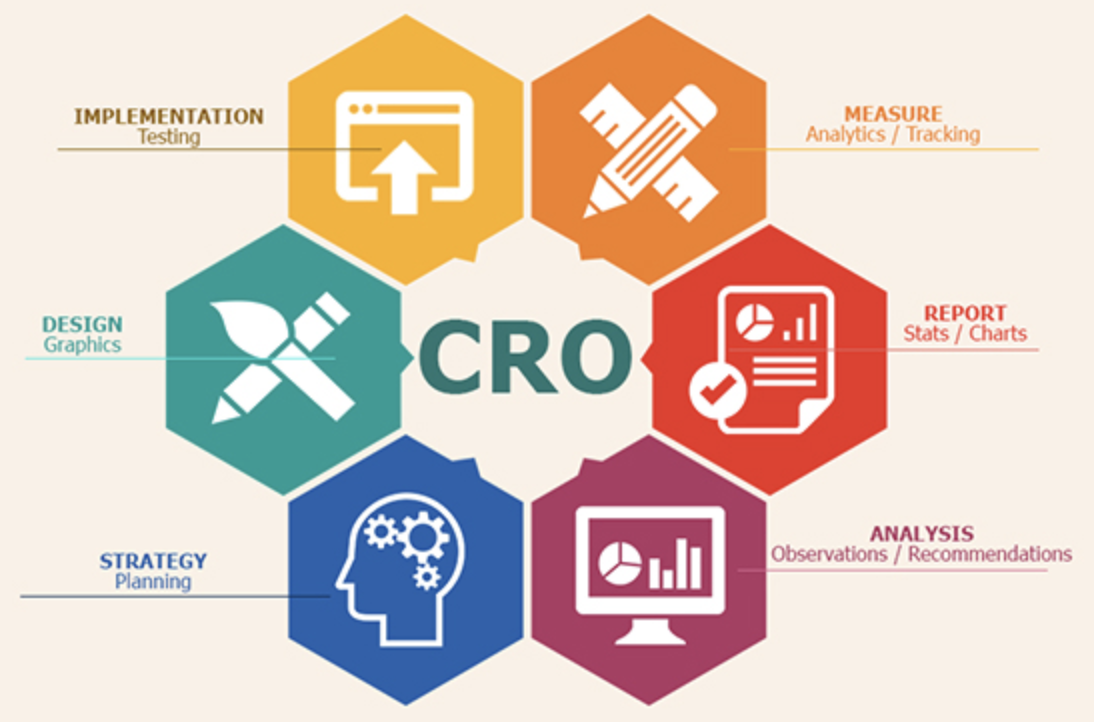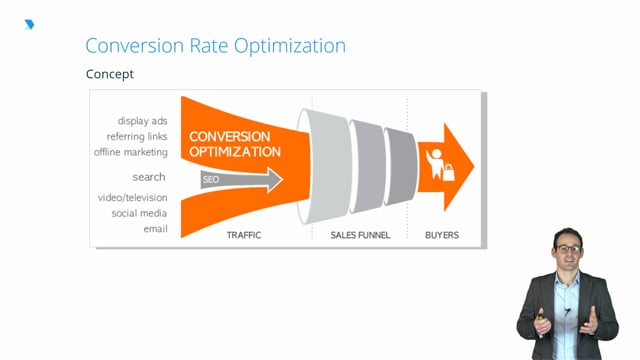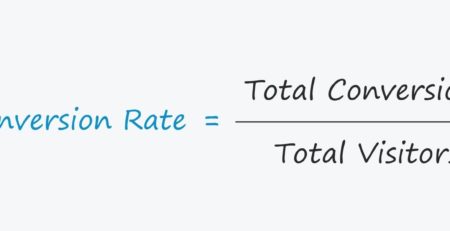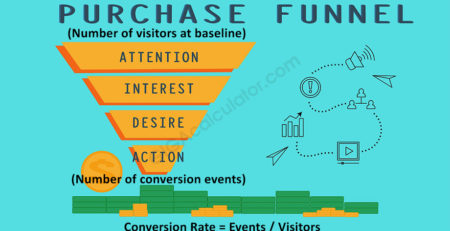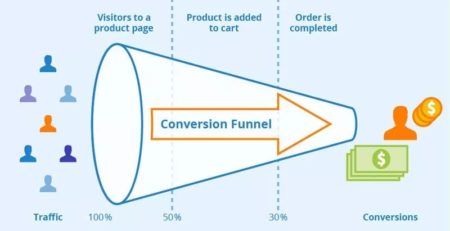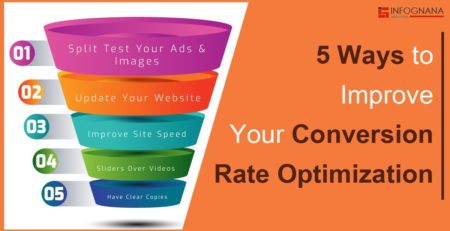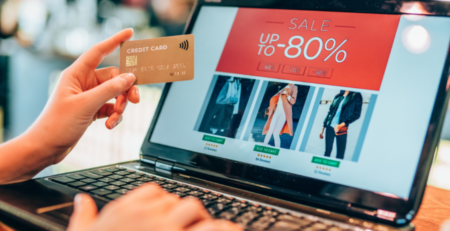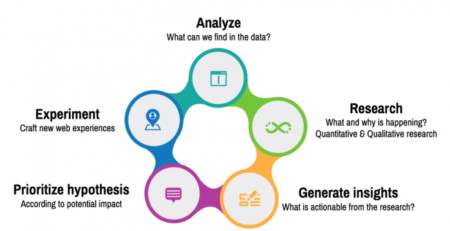Is Conversion Rate Optimization Part Of Digital Marketing?
Hey there! Are you curious to know if Conversion Rate Optimization (CRO) is part of Digital Marketing? Well, let me break it down for you in a fun and engaging way!
Picture this: you have a website or an online store, and you want to make sure that visitors not only land on your page but also take action. That’s where Conversion Rate Optimization comes into play.
Conversion Rate Optimization is like having a secret weapon in your digital marketing arsenal. It’s all about tweaking and fine-tuning your website to increase the number of people who complete a desired action, whether it’s making a purchase, subscribing to a newsletter, or filling out a form.
By implementing CRO strategies, you can optimize your website’s design, layout, and content to engage visitors, build trust, and ultimately convert them into loyal customers. Sounds pretty cool, right?
But wait, there’s more! CRO also involves analyzing data, conducting experiments, and constantly refining your strategies based on your target audience’s behavior and preferences. It’s a dynamic and ever-evolving process that can have a significant impact on your digital marketing success.
So, if you’re ready to level up your digital marketing game, keep reading to discover the ins and outs of Conversion Rate Optimization and how it can supercharge your online presence. Let’s dive in!
Is Conversion Rate Optimization Part of Digital Marketing?
Conversion Rate Optimization (CRO) is an important aspect of digital marketing that focuses on optimizing your website or landing page to increase the percentage of visitors who take desired actions. It involves analyzing user behavior, conducting experiments, and making data-driven changes to improve the conversion rate. In this article, we will explore the relationship between CRO and digital marketing and why it is crucial for businesses to incorporate CRO strategies into their marketing campaigns.
How Conversion Rate Optimization Enhances Digital Marketing Success
The success of any digital marketing campaign is ultimately measured by its ability to drive conversions. Conversion Rate Optimization plays a vital role in enhancing the effectiveness of digital marketing efforts. Here are three key ways in which CRO contributes to the success of digital marketing:
1. Maximizing the Value of Traffic:
One of the main objectives of digital marketing is to drive relevant traffic to your website. However, it is not just about increasing the number of visitors; it is equally important to ensure that these visitors take the desired actions, such as making a purchase or filling out a form. CRO helps in maximizing the value of the traffic by focusing on improving the conversion rate. By optimizing your website or landing page, you can increase the likelihood of visitors converting, thus maximizing the return on your marketing investment.
2. Identifying User Behavior Patterns:
CRO involves analyzing user behavior through tools such as heatmaps, clickmaps, and scrollmaps. This data provides valuable insights into how users interact with your website or landing page. By understanding user behavior patterns, you can identify areas of improvement and implement changes that align with user preferences and expectations. This not only enhances the user experience but also increases the chances of conversions. Digital marketing campaigns can leverage these valuable insights to tailor their messaging, design, and user flow to align with user behavior, resulting in higher conversion rates.
3. Continuous Optimization and Experimentation:
One of the core principles of CRO is continuous optimization and experimentation. Digital marketing campaigns can benefit greatly from this iterative approach. By testing different layouts, messaging, calls-to-action, and other elements, you can gather data on what works best for your target audience. This data-driven decision-making helps to refine and optimize your marketing campaigns. Through A/B testing and other experimentation methods, you can make incremental improvements to your digital marketing strategies, leading to higher conversion rates and improved overall performance.
Benefits of Incorporating Conversion Rate Optimization into Digital Marketing
When conversion rate optimization is integrated into digital marketing strategies, businesses can reap several benefits:
1. Improved ROI:
By optimizing your conversion rates, you can ensure that you are maximizing the return on your marketing investment. When more visitors convert, whether it’s a purchase, form submission, or any other desired action, the revenue generated from your marketing efforts increases. This helps to improve your overall return on investment (ROI) and make your digital marketing campaigns more cost-effective.
2. Enhanced User Experience:
CRO focuses on improving the user experience by making changes that align with user preferences and expectations. A better user experience not only leads to higher conversion rates but also improves customer satisfaction and brand perception. By providing a seamless and user-friendly experience, you can build trust and loyalty among your target audience.
3. Competitive Advantage:
Many businesses invest heavily in driving traffic to their websites and landing pages through digital marketing. However, by incorporating CRO strategies, you can gain a competitive advantage. By optimizing your site to convert a higher percentage of visitors, you can outperform competitors who may be focusing solely on driving traffic without paying attention to conversion rate optimization.
4. Valuable Insights:
Conversion rate optimization provides valuable insights into user behavior and preferences. By analyzing this data, businesses can gain a deeper understanding of their target audience, their needs, and their pain points. This knowledge can be leveraged to refine marketing strategies and tailor messaging to resonate with the target audience, resulting in higher conversion rates and improved overall performance.
Tips for Effective Conversion Rate Optimization in Digital Marketing
To effectively incorporate Conversion Rate Optimization into your digital marketing strategies, consider the following tips:
1. Conduct thorough research:
Before implementing any CRO strategies, conduct thorough research to understand your target audience, their preferences, and their behavior. This will help you make informed decisions and prioritize optimization efforts.
2. Implement A/B testing:
A/B testing allows you to compare different variations of your website or landing page to determine the one that performs better in terms of conversions. Implement A/B testing to continuously test and improve your marketing campaigns.
3. Optimize for mobile:
With the increasing use of mobile devices, it is essential to optimize your website and landing pages for mobile users. Ensure that your pages load quickly, are easy to navigate, and provide a seamless mobile experience.
4. Use clear and compelling calls-to-action:
Your calls-to-action should be clear, compelling, and prominently displayed. Guide your visitors towards the desired action and make it easy for them to convert.
5. Analyze and iterate:
Regularly analyze your conversion rate data and iterate on your optimization efforts. Continuously test new ideas and make data-driven decisions to improve your marketing campaigns.
Conclusion
Conversion Rate Optimization is an integral part of digital marketing. By optimizing your website or landing page to maximize conversions, you can improve the effectiveness of your digital marketing campaigns. With a focus on providing a seamless user experience, conducting thorough research, and implementing data-driven changes, businesses can enhance their ROI, outperform their competitors, and drive substantial growth through conversion rate optimization.
Key Takeaways: Is Conversion Rate Optimization Part of Digital Marketing?
- Conversion rate optimization is an important aspect of digital marketing.
- It involves improving the percentage of website visitors who take desired actions.
- By optimizing conversion rates, businesses can increase sales and revenue.
- Conversion rate optimization includes techniques like A/B testing and improving website usability.
- It helps businesses make the most out of their marketing efforts and drive better results.
Frequently Asked Questions
In the world of digital marketing, conversion rate optimization plays a vital role. Below are some common questions related to the integration of conversion rate optimization into digital marketing strategies.
1. How does conversion rate optimization contribute to digital marketing?
Conversion rate optimization is an essential part of digital marketing as it focuses on improving the user experience and increasing the effectiveness of a website or landing page in converting visitors into customers. By analyzing user behavior, conducting A/B testing, and making data-driven changes, conversion rate optimization helps businesses achieve higher conversion rates, generate more leads, and maximize their return on investment (ROI) from digital marketing efforts.
With effective conversion rate optimization practices, businesses can identify and address any barriers that prevent users from taking the desired actions, such as making a purchase, filling out a form, or subscribing to a newsletter. By optimizing the conversion process, businesses can enhance customer satisfaction and ultimately drive more conversions and revenue.
2. What are the key elements of conversion rate optimization in digital marketing?
The key elements of conversion rate optimization in digital marketing include understanding the target audience, conducting thorough data analysis, creating compelling and user-friendly website designs, implementing persuasive call-to-actions, and continuously testing and refining different elements of the conversion process. By combining these elements, businesses can identify areas of improvement and implement changes that positively impact their conversion rates.
Additionally, conversion rate optimization in digital marketing involves optimizing website loading speed, improving mobile responsiveness, personalizing content based on user preferences, and addressing any usability issues that may hinder the conversion process. It requires a holistic approach that integrates various marketing strategies and user-centric design principles to ensure optimal performance and conversions.
3. How can conversion rate optimization help improve digital marketing ROI?
Conversion rate optimization has a direct impact on digital marketing ROI by enhancing the efficiency and effectiveness of marketing campaigns. By improving the conversion rate, businesses can generate more leads and customers from their existing traffic, thereby increasing revenue without necessarily acquiring additional visitors.
Through data analysis and experimentation, conversion rate optimization helps businesses identify the most successful marketing strategies, target the most profitable audience segments, and optimize marketing messages to drive higher conversions. This data-driven approach enables businesses to allocate their marketing budget more effectively and focus on strategies that deliver the highest return on investment.
4. Can conversion rate optimization be applied to different digital marketing channels?
Yes, conversion rate optimization can be applied to various digital marketing channels, including websites, landing pages, email marketing, social media campaigns, and paid advertising. The principles of conversion rate optimization remain consistent across these channels, focusing on improving the user experience, increasing engagement, and ultimately driving conversions.
For each digital marketing channel, specific optimization techniques may be required. For example, A/B testing different email subject lines or call-to-action buttons in a social media ad. However, the overall goal is to analyze user behavior, identify areas of improvement, and implement changes that have a positive impact on conversion rates, regardless of the channel used.
5. How can businesses measure the success of conversion rate optimization in digital marketing?
Measuring the success of conversion rate optimization in digital marketing involves tracking key performance indicators (KPIs) such as conversion rate, bounce rate, average time on page, and click-through rates. These metrics provide insights into the effectiveness of the optimization efforts and identify areas for further improvement.
Additionally, businesses can use analytics tools to analyze user behavior, perform A/B testing to compare different variations of a webpage or marketing campaign, and collect feedback through surveys or user testing. By monitoring these metrics and gathering insights, businesses can continuously refine their conversion rate optimization strategies and ensure they are achieving their digital marketing goals.
What Is Conversion Rate Optimization? | Digital Marketing FAQs
Summary
Converting visitors into customers is crucial for online success. Conversion Rate Optimization (CRO) helps achieve this goal by improving website performance. It involves analyzing user behavior, making data-driven changes, and conducting experiments to boost conversions. CRO is a vital part of digital marketing, ensuring that businesses make the most of their online presence.
Website optimization is not a one-time task; it requires continuous monitoring and improvement. By focusing on improving user experience and removing barriers to conversion, businesses can increase their chances of success. CRO helps businesses understand their customers better, make informed decisions, and ultimately increase their revenue. So, if you want to succeed online, don’t forget about the power of Conversion Rate Optimization!

